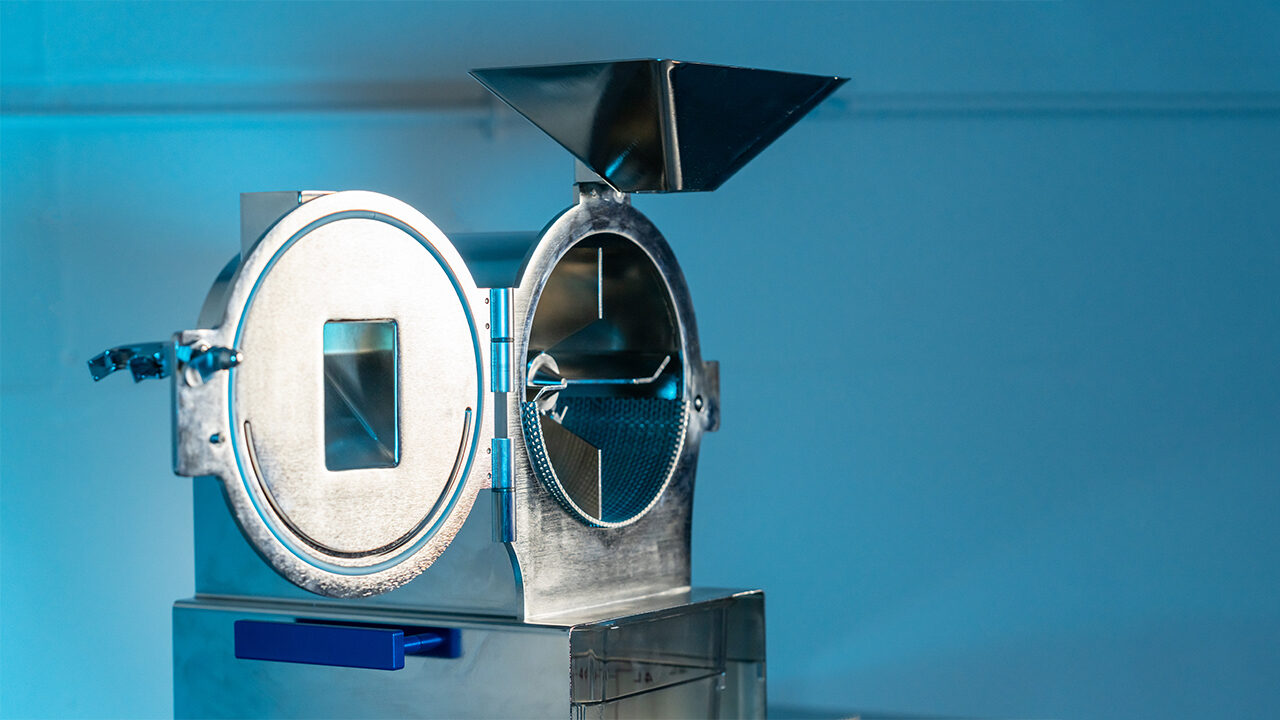As I have written here many times over the years, transportation and distribution are among your greatest costs. Any cost decrease has an immediate effect on your bottom line, so cutting costs is a compelling proposition that translates to more money – right away!
I have heard from many growers over the years who have followed the advice in my columns, and they have had great success. What I don’t understand is why more growers don’t implement these cost-cutting measures. If growers would merely simplify the fundamental elements of their businesses, they would not only stop wasting money but could focus their time on growing.
So, here is your chance to cut your transportation costs to the bone. These four things will immediately slice at least 20 percent off your entire distribution costs.
Bid Your Freight Today
The available truck capacity in the market is greater than ever. Freight volumes are down in all industries (over 20 percent year to date) and drivers are plentiful – begging for a load, any load.
In the good old days, if freight volumes were light, a driver would get out of his cab and work construction. Today, that is not an option. This has created an excessive number of drivers and trucks in the market – and so, it is a great time to bid out your freight and to lock in the savings.
Doing this is easy. You can hire an experienced third party who will charge you a flat fee for the project. The third party collects your lane data and sends it to thousands of carriers to bid (including your existing carriers). You then get a list of carriers who bid on each lane, from the lowest cost to the highest. For example, you may be paying $1.50 per mile today from Dallas to Mobile, Ala.
But a new carrier needs that back haul and will do it for $1.30 per mile, or 13.3 percent less. These numbers add up quickly. If you spend $1 million per year on distribution and save 10 percent (a realistic goal), then you just put $100,000 back in your bank account.
If you have never conducted a lane bid for your business, you can realistically expect savings of 10 to 15 percent in freight costs.
Use A Transportation Management System
Savvy growers must remain informed about technology options that are available for every part of their businesses. Too often, growers will buy complex chemicals to fight disease or promote plant growth and vitality, but resort to whiteboards and paper to run their distribution efforts.
Transportation Management System (TMS) technology is affordable, effective and easy to implement. The latest and greatest trend is a Web-based, “on-demand” system. All you need is a Web browser and Internet connection to run the system. The only commitment you have is to convince your staff to use it. Once they do, they will realize technology should have been implemented years ago, and you will realize a decrease in overall costs and human errors.
A properly-used TMS will save your staff time, improve accuracy, better your customer relationships, allow reporting for future review and analysis, reduce claims and reduce your seasonal aspirin intake. If you run at least 10 loads per week (or 500 per year) and have aspirations to be a better, bigger company, you need a TMS.
Don’t Own Trucks If Possible
Learning Opportunity: How Biochar Could Be a Superior Peat Replacement
I have never, ever met a grower who was happy to be in the trucking business. Many are in it, but only out of necessity. The trick is knowing when to own a truck and when not to.
You should own a truck/trailer if your runs are short (less than 200 miles) and regular. Yes, that’s it! Any other reason costs you money.
I can tell you nightmare stories of growers who obtained trucks and trailers because they thought they needed them. Years later, the “trucking operation” is a money pit. It provides more headaches than it is worth, and it detracts attention away from the growing operation. Moreover, the liability associated with a trucking operation is immense and requires mitigation through a complete separation of the trucking and growing operations – a huge and ongoing administrative task.
Yes, in season you could certainly call the shots if you own your own trucks and provide better customer service. However, in the long term, you will lose money. A better solution is to partner with a competent 3PL (third-party logistics company) that can provide trouble-free transportation when you need it.
For the record, a local trucking company is often a poor compromise because it has other, year-round clients to protect and its trucks will often be in the wrong locations at the time you need them.
So, choose a 3PL with the expertise and technology to help – and let it be your transportation department. A good 3PL will even help with your cash flow by offering driver advances, settling balances quickly and extending you net 30 terms.
Let Software Route Loads
In the horticulture industry, it is rare to see a “one pick/one drop” load. More often, it is a “one pick/14 drop” load (or more).
I am amazed at the methods most growers use to optimize the trucks (to be as full as possible) and route them using the fewest number of miles to get the job done. Typically, they plot the deliveries on a map, draw a circle around the drops that appear to be near each other, and count up the amount of freight to see if it makes up a full truck. This can take hours – and is never correct.
A simple software solution will run millions of permutations to get the balance “just right.” My own optimization and routing department runs deliveries to hundreds of locations nationwide each day, and it takes mere seconds for the system to spit out the most effective results.
One grower we worked with last year provided us with some historical data for a national retail promotion they ran. We took the same data regarding the orders that were delivered and ran it through our optimization system. The savings: $75,224.25 saved in total ($467.23 per load).
The Bottom Line
The most successful growers truly “get it” and are reaping the rewards of a well-executed logistics plan.
Saving money on your logistics requires a change of thinking. The numbers in the example above are real, not theory. To achieve these kinds of savings requires a little investment in time and money, but the rewards are great.
Tim Higham is the CEO and president of Interstate Transport, Inc., a logistics provider to the horticultural market. You can e-mail Tim at [email protected]. Learn more at Interstate-Transport.com or call Tim toll free at 866-281-1281 x1323.
0
1
5
Cutting Transportation Costs To The Bone
Tim Higham ([email protected]) is the CEO of InMotion Global, Inc., maker TMS software, AscendTMS (www.TheFreeTMS.com). See all author stories here.










